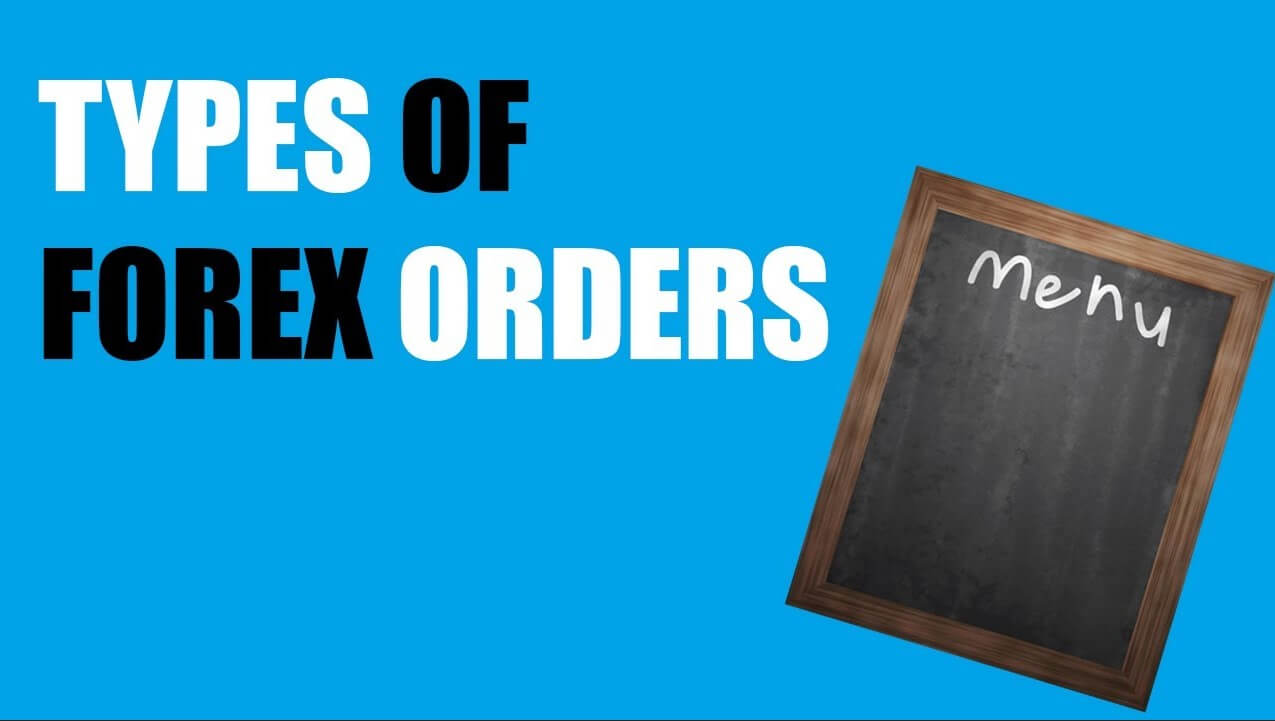Prior to jumping into the world of Forex, you’ll want to take some time to learn about the various order types. Below, you’ll find information on the key types of orders that all traders will see in their trading platforms.
Market Orders
A market order is the most basic order type and is usually the first type of order that comes to mind. This order is executed at the best price that is available at the time that the order is received.
Limit Order
A limit order is placed to buy or sell at a specified price or at a price that is better than the specified price. A buy limit order is executed at the specified price or lower, while a sell limit order is executed at the specified price or higher. This type of order allows traders to be more precise when entering or exiting a trade. However, these orders will not be executed if the specified price is not met.
Stop Order
Stop orders, or stop-loss orders, are usually used to limit downside risk when trading. A stop order triggers a market order when a predefined rate is reached. There are two types of stop orders:
- A buy stop order triggers a market order when the offer price is met.
- A sell stop order triggers a market order when the bid price is met.
Both the buy stop and sell stop orders are triggered at the best available price depending on liquidity.
Trailing Stop
A trailing stop order is often used in order to limit risk. This order is set a predefined number of pips away from the market’s current price and will automatically trail your position if the market moves in your favor. If the market moves against you by the number of predefined pips, a market order is triggered, and the stop order will be executed at the next rate that is available depending on liquidity.
Contingent Order
A contingent order actually combines multiple types of orders to execute against a specific trading strategy. These are the most common types:
- An if/then order is placed as a set of two orders. If the first order is executed, then the second order becomes a separate order that is not associated with the first. If the first order isn’t triggered, then the second order remains dormant. If either order is canceled, then it will cancel the entire order.
- With an if/then OCO order, the second order becomes an active and unassociated one-cancels-the-other order if the first order is executed. If the first order is never executed, then the second order remains dormant.



